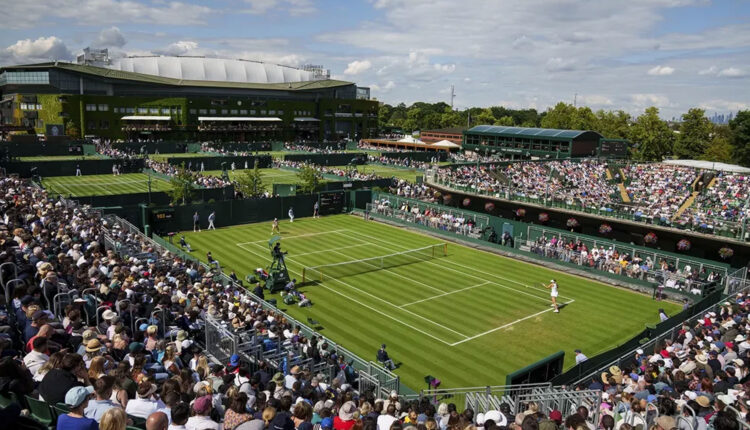In a historic departure from nearly a century and a half of tradition, Wimbledon 2025 has made headlines for an innovation that has divided the tennis world: the complete removal of human line judges. For the first time in its 148-year history, the prestigious tournament is being officiated solely by electronic line-calling technology, marking a decisive shift toward automation.
While the adoption of technology in sports is hardly new, this step has reignited the age-old debate between precision and tradition, innovation and emotion, and, above all, technology and humanity.
For generations, the presence of line judges at Wimbledon was as symbolic as the all-white dress code and strawberries with cream. Their quiet poise, precise gestures, and occasional, dramatic outbursts were integral to the rhythm of the match. They were more than just officials; they were part of the atmosphere a blend of discipline, dignity, and suspense.
This year, however, that human presence has been replaced by the mechanical efficiency of Hawk-Eye Live a system of advanced cameras and algorithms that detect ball positions with near-perfect accuracy and announce line calls in real-time, often accompanied by a polite, synthetic voice.
The push toward electronic officiating has been growing for years. Grand Slam tournaments such as the Australian Open and the US Open had already transitioned to automated systems on many courts, particularly after the COVID-19 pandemic necessitated reduced on-court personnel.
Advocates of the change argue that it brings much-needed consistency and fairness. Human error no matter how skilled the judges has always been part of the game, sometimes altering outcomes in controversial ways. With technology, accuracy is no longer up for debate. It also reduces the number of challenges, interruptions, and potential confrontations with umpires, keeping the game flowing smoothly.
In this view, Wimbledon’s move is simply catching up with the times, aligning with a global sporting trend that favors efficiency and reliability over sentimentality.
Yet, not everyone is applauding the transition. A growing chorus of players, commentators, and fans believe something invaluable has been lost.
Tennis legend Novak Djokovic, in previous years, expressed concern about eliminating line judges, warning that the game risks becoming “too robotic.” Others point out that the interactions between players and officials sometimes tense, sometimes humorous brought drama and human complexity to the sport.
“Technology is flawless, yes,” one veteran commentator noted, “but humans aren’t supposed to be. That’s what made the moments real. The sighs, the stares, the challenges they made tennis human.”
Wimbledon has always been a tournament that prided itself on tradition, elegance, and heritage. In many ways, the line judge was a perfect embodiment of that ethos. Their absence now leaves the courts visibly emptier, even if the matches continue just as fast and clean.
The transition also raises broader questions for the future of sport: How much technology is too much? At what point does innovation begin to erode the very soul of the game? Could a future match be played entirely without human officials just players, ball boys (or perhaps even ball bots), and AI?
Some suggest a hybrid approach might be the answer. Perhaps Wimbledon, in future editions, could reserve human line judges for show courts or finals, blending tradition with tech. Others believe the shift is irreversible and necessary.
Wimbledon 2025 will be remembered as a watershed moment in tennis history. It is not just about who wins the trophy, but about how the game itself is evolving sometimes in silence, sometimes in swift calls made by faceless machines.
Whether this is a step forward or a farewell to a more graceful past depends on perspective. But one thing is certain: the game will never look or feel quite the same again.






Comments are closed, but trackbacks and pingbacks are open.